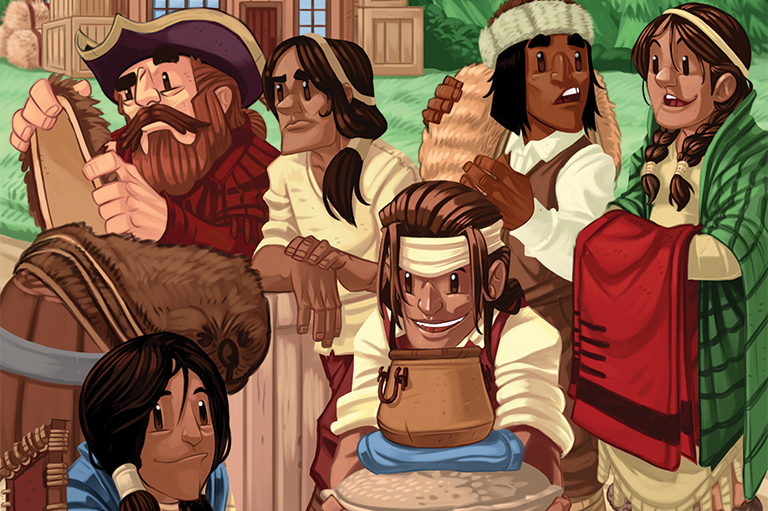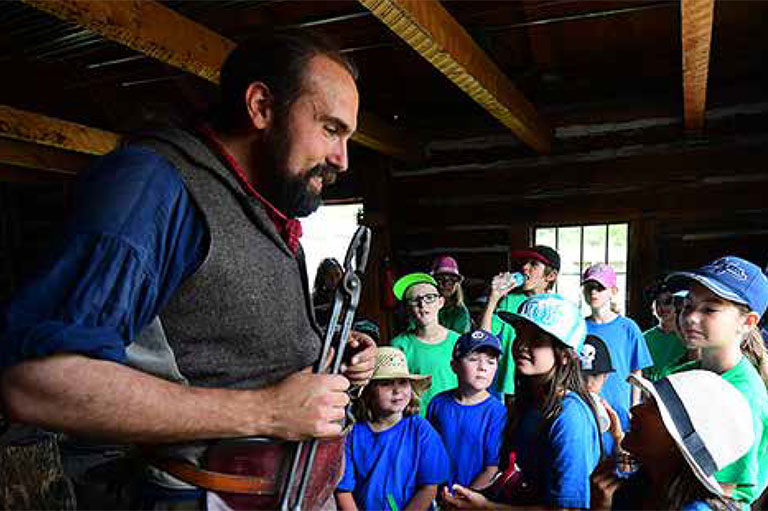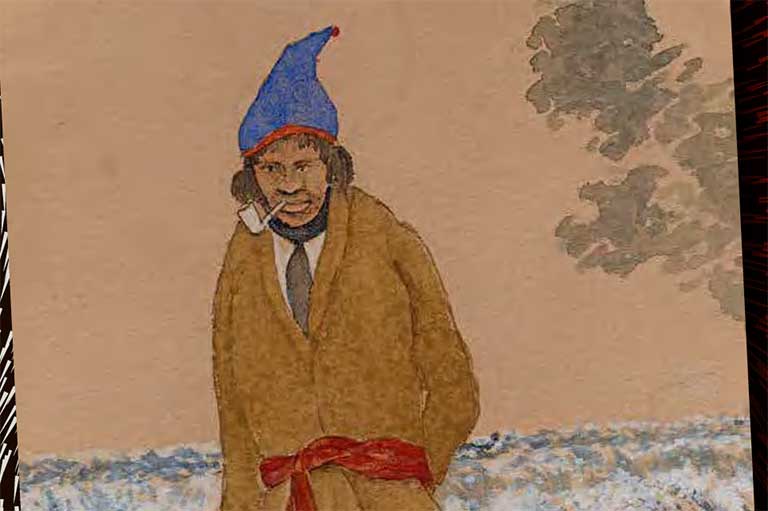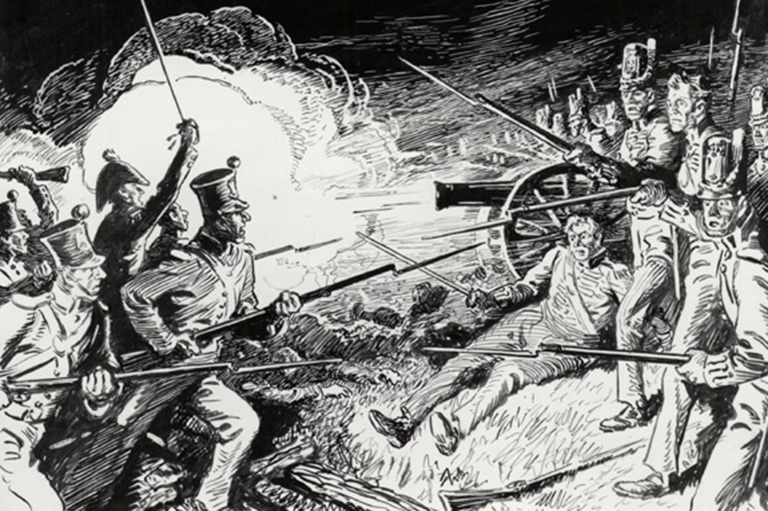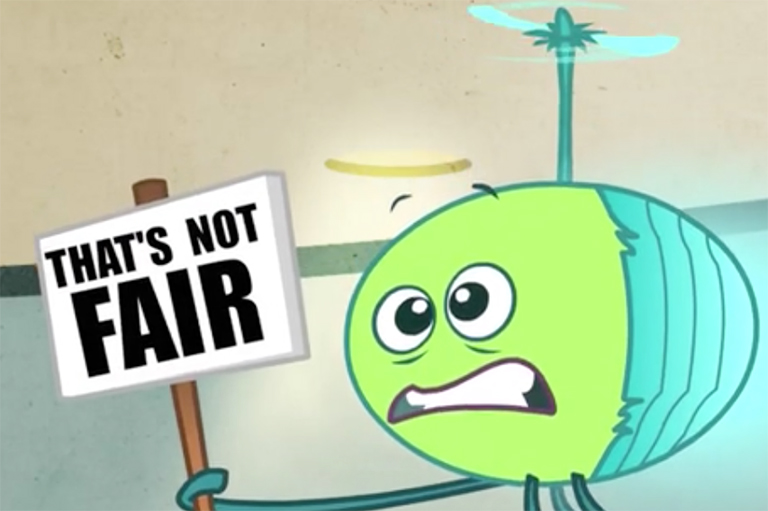Turning Points in the Fur Trade
This activity is inspired by the article “Fur Trade Times” in the How Furs Built Canada issue of Kayak: Canada’s History Magazine for Kids.
Historians often look back on the past and identify certain events as turning points – moments that had a significant impact on people or places and resulted in change. This activity will explore key turning points in the fur trade and encourage students to think deeply about the impact of these events on different groups in Canada.
This activity asks students to consider historical perspectives, identify continuity and change, and analyze cause and consequence. To learn more about the six historical thinking concepts, check out the Historical Thinking Project or consider attending the Historical Thinking Institute.
Activity
1. Individually or as a class, read the article “Fur Trade Times” in the How Furs Built Canada issue of Kayak: Canada’s History Magazine for Kids.
2. As a class, look at the events on the timeline and have students identify some turning points. Use the following prompts to guide your discussion:
- What change(s) happened because of this event?
- Did this event result in change for many people?
- Was the impact immediate, short-term, or long-term?
- Did this event cause more changes (domino or ripple effect)?
3. Organize students into small groups. Assign each group a perspective to explore for this activity, such as the Hudson’s Bay Company, the North West Company, Indigenous fur traders, Métis people, women, or even regions (Rupert’s Land, Ontario, Quebec).
Have each group work together to choose three events that were turning points from the perspective of their assigned group. Have them discuss the following question for each turning point: Was this event a positive, negative, or neutral (resulted in both positive and negative changes) turning point?
Students can record their ideas in this table.
4. Have each group report back to the full class to present their choices and summarize their discussion.
There's more!
Themes associated with this article
Advertisement

